A powerful tonic
A hug. Such a small word. Such a powerful gesture. We hug when we are happy, when we are sad, when we wish to congratulate, to commiserate, or to simply experience the closeness of someone we love.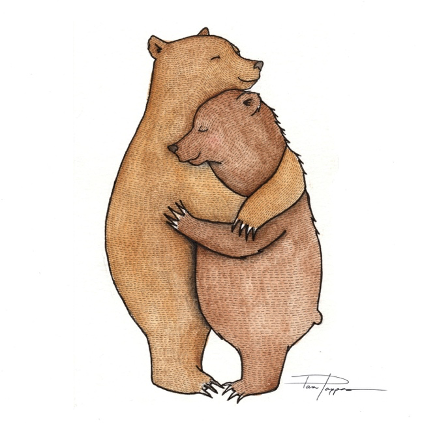 Hugs, the best vaccine
Hugs, the best vaccine
The meanings and health benefits of hugs have been the subject of much research, where the consensus is that embracing someone we love has positive physiological and psychological effects. Levels of the chemical oxytocin, aka the ‘cuddle’ hormone, which is associated with happiness, has been shown to rise when we hug, touch, or sit close to someone we like. Hugging can reduce our heart rate and our stress levels, and the increased production of endorphins can even strengthen our body’s immune system. The benefits work both ways, you get back as much as you give. Hugging is both giving and receiving.
But just when we need a robust immune system to fight possible infection, we are no longer allowed to hug. Social distancing is no doubt proving all the more painful for the vulnerable ones amongst us who are most in need of the healing power of touch – the sick, the elderly, and those who have lost loved ones.
If there is one thing we are likely to remember missing the most during self isolation is not being alone, but not being able to hug. Various forms of communications technology allow us to see friends and family, hear their concerns, share their anxiety. We can sing and read to our grand children, tell them stories and watch them do funny things. Skype, WhatsApp, FaceTime, Zoom, Google hangout are all well and good, but they do not yield the therapeutic effects of touch.
Touch
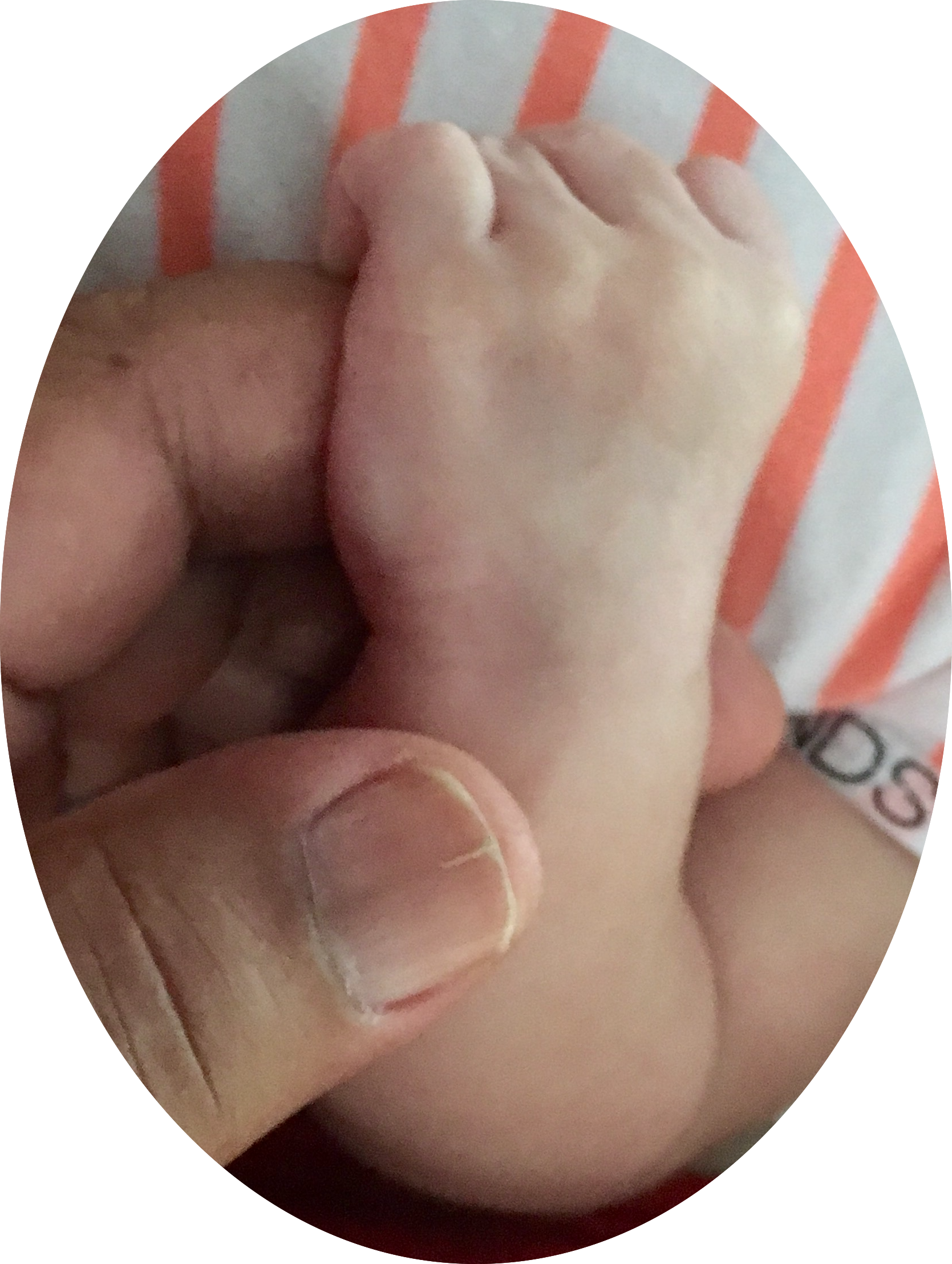
In my search for the healing powers of touch, I come across the term kangarooing, or ‘Kangaroo Care’, so called because it resembles marsupial caregiving: ‘A mother snuggles her baby, upright, against her bare chest for long periods of time to help regulate breathing and body temperature, create a sense of security and promote motor skills, communication, visual stimulation, auditory stimulation and socialization.’ The term kangarooing was first coined in 1979 by two doctors working in an overcrowded, understaffed and underfunded hospital in Bogota, Columbia. The practice was promoted in an attempt to combat rates of infection, abandonment and death. The astounding results confirmed that a mother’s touch could save her child’s life and the practice was endorsed by UNICEF in 1984.
The effects of skin to skin contact, be it gently stroking a baby’s face, holding their hand, and as they grow older, giving cuddles, kissing a boubou better, are gestures laden with meaning that can be expressed without words. We need not speak when we hold hands or hug.
The grandmas, nonnas, nanas, abuelas, bibis, babushkas, and grand-mères of this world (and their male counterparts!) understand well the soothing, calming powers of their touch, and how hugging can reinforce the self esteem and confidence of their little ones. Not knowing how long this pandemic will last, how many more weeks, months they will have to wait until they can hold their little ones again is compounding their anxiety and feelings of uselessness.
As we grow
Hugging has been proven to be an important element in a child’s emotional upbringing, and to contribute to the development of self confidence and trust in others. But our need for hugs does not dissipate in adulthood.
I hear that the practice of social distancing imposed during this pandemic is likely to change our behaviour forever. Did I hear our ABC Coronacast doctor really say ‘Im done with hugging’. Surely Dr Norman Swan means only for the duration of this pandemic. I would rather believe Ricky Gervais who asserts that Covid-19 or not, ‘We’re chimps, we need hugs’. We need to observe our distances now, but we cannot not go back to hugging.
The need to touch is as important in adulthood, when hugging continues to enhance our emotional and physical wellbeing.
Even tough guys need hugs. I reckon the footballers and rugby players have been missing their hugs as much as their pay packet. Asking them to go back to play and still observe the rules of social distancing defeats the purpose.

Social distancing in contact sports surely is a contradiction in terms. What is the first thing these players do when they kick a goal or score a try? They literally fly into another team member’s arms for a big hug. On the ABC sports news on Monday May 11 it was announced that football was back and they are now allowed to pick up the ball and each other.
However, those who do not play football or rugby are finding solace elsewhere, and pet adoption has apparently been soaring since the Covid-19 shut down.
Pets
There is ample evidence that petting your furry friend, like hugging, can help release all these happy chemicals, – dopamine, serotonin, oxycontin, and endorphins – thus triggering a feeling of calm, well being, satisfaction, and relaxation. The health benefits of contact with a loved animal includes lowering blood pressure, reducing stress, and even improving your immune system. The claim has even been made that pet owners are less likely to suffer from depression.
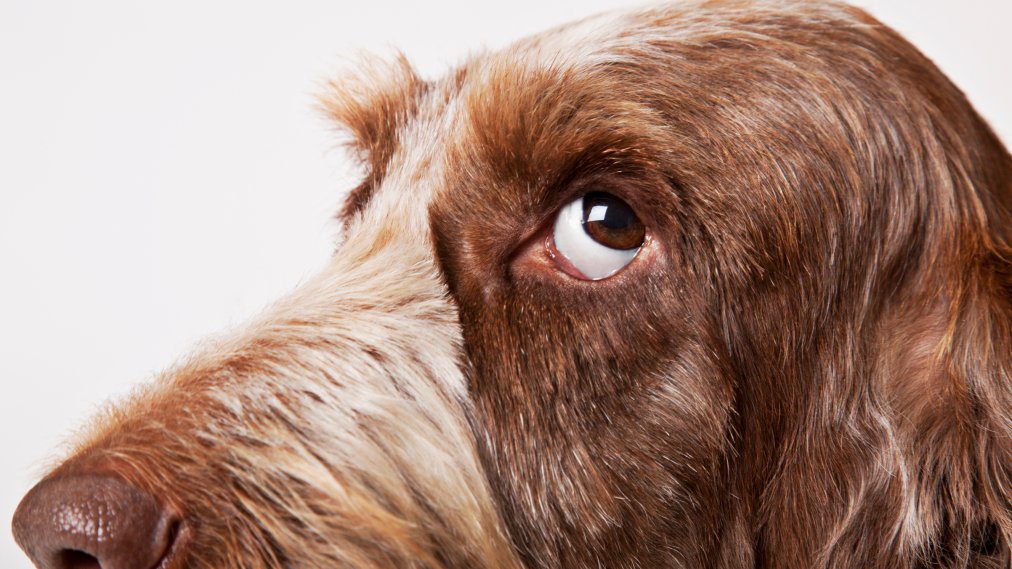
Cats and dogs may be our most common companions, but they are not the only ones. Chickens too can deliver health benefits, and they are having huge success in a number of elderly nursing homes.
Henpower
Henpower is an animal therapy program aimed at combating feelings of isolation and loneliness in elderly nursing homes by empowering the residents to build positive relationships, and to give them a sense of purpose. They cuddle the chickens, talk to them, and take them for rides in baskets fitted to their walkers or wheelchairs. Watch them.

The program has delivered numerous health benefits to the Hensioners, and one home even reported a drop in the medication levels for its residents after introducing chickens. The hensioners have welcomed ‘the sense of chaos and joyful mayhem as they (the chickens) flap and crow and scatter mud about’. Only one hensioner complained that they can be annoying sometimes, especially when they don’t do what you tell them to.
Unfortunately, we cannot take our dogs, cats and chickens with us on our travels. But there are solutions.
No Shame in Adult Comfort Dolls
Apparently not. It seems that around 35% of British adults sleep with a bear, a teddy bear that is. A survey conducted by Travelodge revealed that some 75,000 comfort objects had been left behind by adult guests in 452 English hotels. These corporate guys confessed to finding the need to take their stuffed friends on their trips because they needed a cuddle to help them nod off. Some even admitted to sharing their intimate secrets with their teddies.
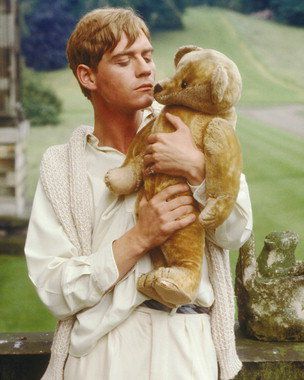
Despite the claim that adult men should feel no shame in cherishing a stuffed toy, most of them apparently choose to hide them when family and friends come to visit. But not so Sebastian of Brideshead revisited, who never let go of his large teddy bear, Aloysius, during his time as a student at Oxford.
Is it a peculiarity of British men to seek comfort in teddy bears? Is the stiff upper lip, that fear of losing respect if they should succumb to a public display of emotions, which leads to feelings of repression and the secretive need to cuddle a toy?
In seeking to understand the role of teddy bears, I find out that they are not alone in a huge market for comforters.
Gus dolls
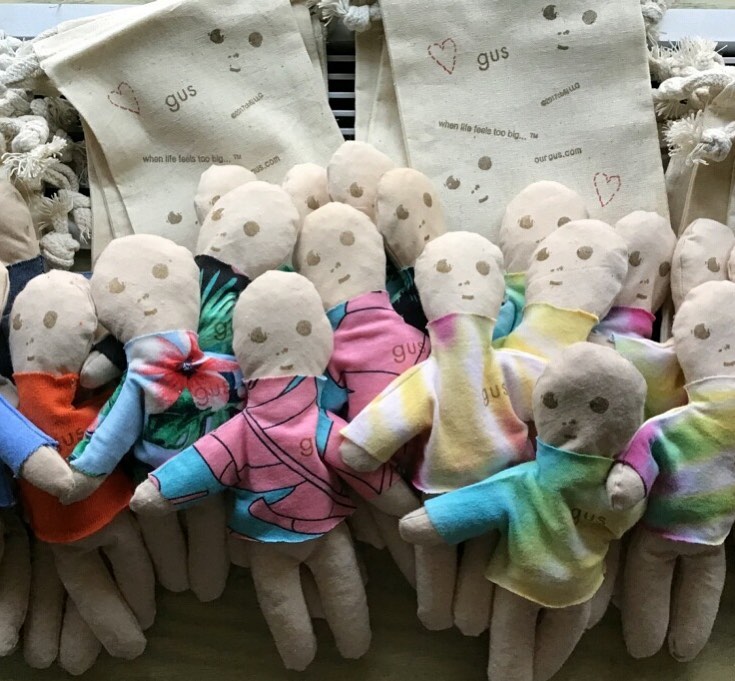
Gus dolls are so called because they Guarantee Unconditional Support. They are said to be the ideal stuffed companion to take along with you anywhere you go, they weigh little and they will fit in your briefcase, your backpack, your pillow, and even in your inside pocket if you have one. The creators of gus dolls are three mothers who apparently discovered that the undue pressures and stresses of being human in 2018 were angst-inducing and that there was a need to calm our thoughts. A gus doll serves to remind you that all will be OK even when you feel deep down that it won’t. It replaces the other dolls and stuffed animals of your childhood, the ones that you were made to discard despite the fact that you never stopped needing them. Furthermore, your gus doll has an old soul and it can be whatever you want it to be.
I am not convinced that a gus doll is a solution for my angst ridden isolation. Its old soul may be as lonely as I am, and right now I am looking for a bit of cheer.
I give the gus dolls a miss and scroll to the next web page where I discover that I don’t need a doll at all. I can self hug if I wear the right jacket.
Some Japanese researchers must have seen this pandemic coming
The Sense-Roid
The Sense-Roid is described as a strange gadget that lets people hug themselves. This tactile communication device won first prize at the 2010 International Collegiate Virtual Reality Contest (IVRC) exhibition, hosted by the Virtual Reality Society of Japan. It comprises a jacket covered in tactile sensors, vibration motors and artificial muscles that relay the feeling of a hug. When the mannequin senses an embrace, the pressure sensors activate the artificial muscles. It can even reproduce the feeling that the wearer is being rubbed on the back. Realising the importance and soothing effect of an embrace, the Japanese creators of the Sense-Roid suggested that this device could be used as a form of therapy, and they are working on improving the system.
In this pandemic, when social distancing is depriving people of touch, this self-hugging contraption is a golden business opportunity if ever there was one.
However, if you don’t feel comfortable with the idea of being hugged and massaged by a jacket, there is always a tree, somewhere.
Tree huggers
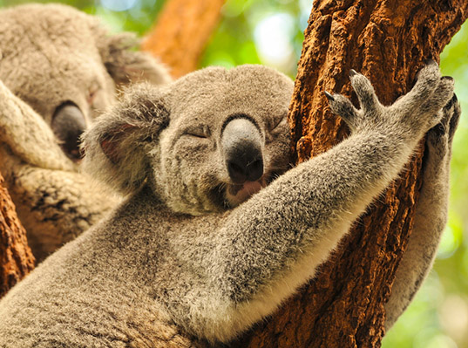
The ultimate Australian tree hugger is our cuddly koala, of course. But I was surprised to read that their practice of tree hugging is not a manifestation of an emotional bond with the tree – the poor things are just trying to stay cool during sweltering Australian summers while other animals are panting and wallowing in mud … if they can find any.
The term tree hugger dates back to 1730, when it was first applied to hundreds of Bishnois who clung to trees in their village, to protect them from being turned into the raw material for a palace. Bishnoi (also known as Vishnoi) is a Hindu religious sect found in the Western Thar Desert and northern states of India.
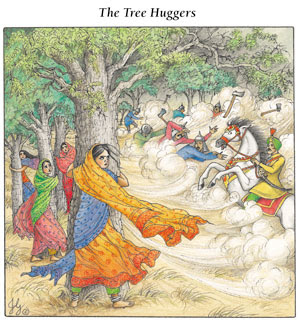
Source: The original tree huggers
The story goes that over 300 men and women literally clung to trees, while being slaughtered by the tree fellers. But their sacrifice was not in vain, as it led to a royal decree prohibiting the cutting of trees in Bishnoi villages which have survived as oases in the desert. The practice of tree hugging has spread across India and has led to reforms in forestry and a moratorium on tree felling in Himalayan regions.
The preaching of the Bishnois people, namely their emphasis on compassion, love, and peace, and their respect for plants and animals, seems to me highly relevant in these times of crisis. When better to seek to understand and discover the healing powers of Mother Nature? A UK Faculty of Public Health report claims that safe, green spaces may be as effective as prescription drugs in treating some forms of mental illness, and they urge people of all ages to interact with nature to maintain both physical and mental wellbeing.
The Japanese practice and study the art of ‘forest bathing’’ (shrinrin-yoku) in the belief that spending time in nature has physical as well as mental benefits. Others believe that the Health benefits of tree hugging have nothing to do with the green spaces, but rather derive from the vibrational properties of the trees and plants. Whatever your belief, there is no doubt that time spent amongst trees can bring peace of mind. These views are shared by the Icelandic Forestry Service, who go as far as suggesting that we should hug trees instead of people. They recommend five minutes at a time, several times a day, but if not possible, just once a day will do the trick. You are advised to close your eyes and place your cheek against the bark so you can feel the currents flowing through you. They swear you can really feel it.
‘When you hug [a tree], you feel it first in your toes and then up your legs and into your chest and then up into your head,’ forest ranger Þór Þorfinnsson tells the Icelandic National Broadcasting Service (RÚV). ‘It’s such a wonderful feeling of relaxation and then you’re ready for a new day and new challenges.’
Another day in iso
I confess to being a tree hugger. I even talk to trees and I don’t believe this to be a sign of degeneration. I tell them off for not responding to my TLC and praise them when make an effort despite harsh conditions. I swear I see their new leaves quiver like a cat’s tail in response to my happy words. ‘It must be the breeze,’ I hear you say. But there is no breeze. All else is still.
Hugging a tree makes me pause and think of my loved ones whom I cannot hold. My special thoughts go to my Mother who passed away 12 years ago today. May 15 2008. She is gone, but the memory of her embrace still lingers. Her smell, her powerful arms, the warmth of her bosom that cushioned my sobs. She could made everything better, be it a broken toy, a grazed knee, a devastating accident. She helped me understand the loss of my dog to distemper, an experience that came to define grief and remained the yardstick against which all my future losses but one were to be measured. Much later, her gentle but firm hug, her large hands stroking my back as she whispered ‘Now, now …’ to help me pull myself together. No other words were needed to let me know that her mother’s heart shared my pain, when only she understood that my young heart had been scarred forever.
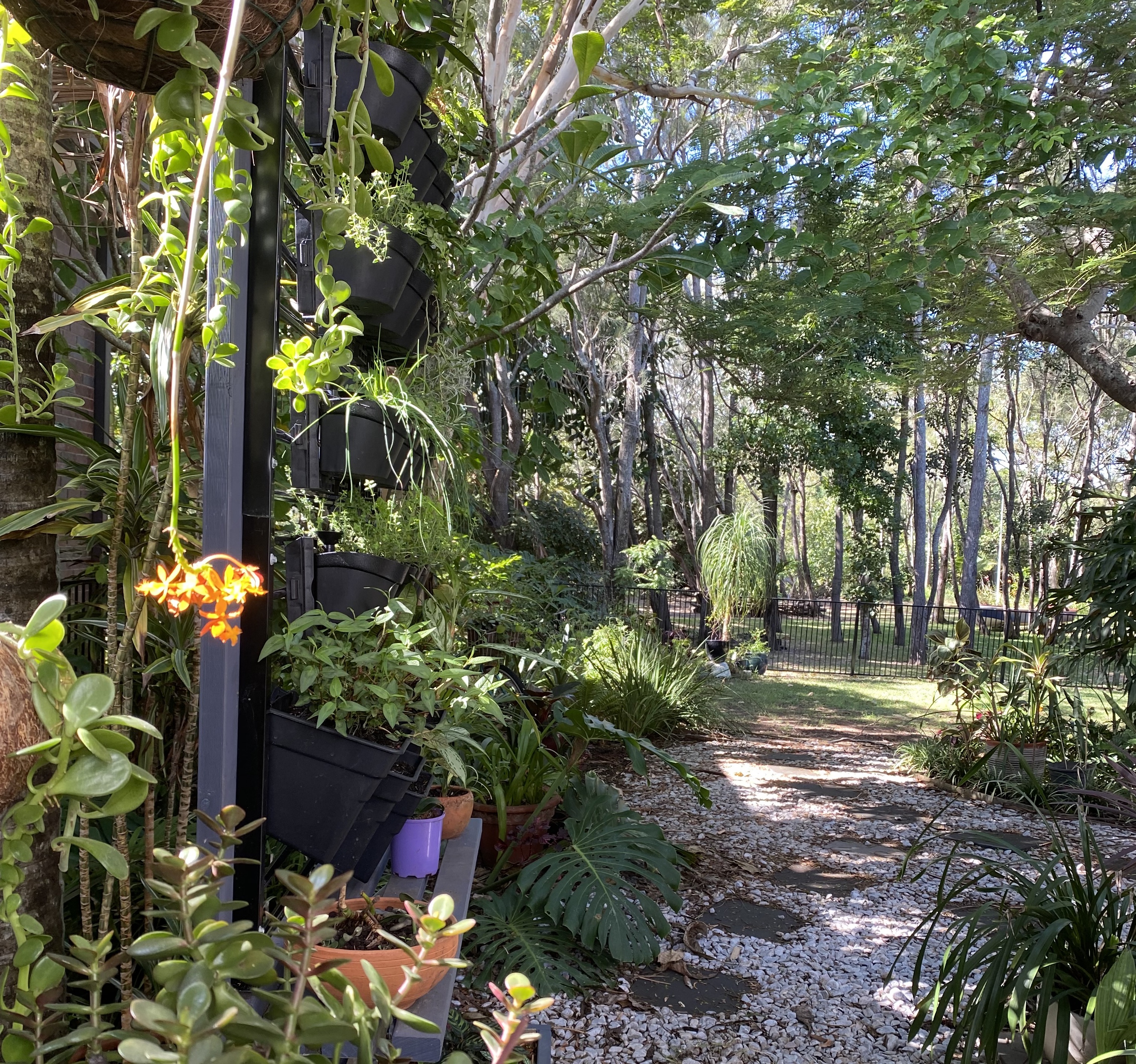
Today, more than ever, I need the comfort of Mother Nature and I decide to busy myself in the garden. The rose of Sharon which put on a magnificent display early autumn now needs pruning. So do the hibiscus, despite the fact that they have not stopped flowering. The pot plants need moving to the front to catch the northern winter sun. I must tidy the bromeliads that are choking with she-oak nuts and needles. The dozens of lilly pillies that have sprouted from seed need replanting. There is not enough sun for them in the undergrowth. I must check that the newly potted vanilla vines are snaking towards the trunks where they will latch their roots. The bananas are still very small, they need a good soak and a feed. They are the ‘sugarloaf’ variety that must surely have pride of place in the annual Tweed Valley Banana Festival. The cumquats are ready for picking. They make the most delicious marmalade…
The noisy miners, the parrots, the kookaburras who will fill my day with their calls have all been complaining that the bird baths need cleaning and refilling with fresh water. It will be a busy day.
When the work is done I will sit under the she-oaks to hear the pine needles whisper in the evening breeze. And as I lay in bed tonight, my faithful cat CousCous will hug the small of my back, she knows just where it aches the most after a big day in the garden. ‘She is kissing it better’, I will think to myself as I doze off yet another day in iso.
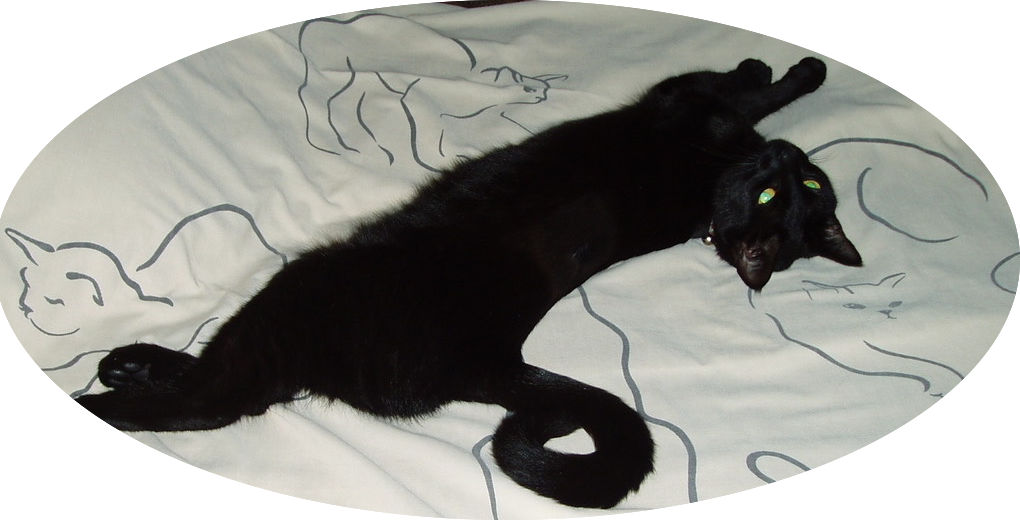
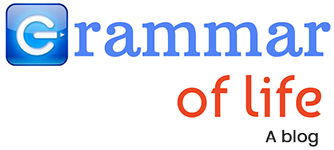

2 Comments
Nice blog Di . Keep it up. Almost curative, even to a crocodile skin like me. By the way do crocs hug?
Micotte.
Yes they do, Micotte, meet Wally the emotional support alligator https://www.youtube.com/watch?v=vMlZBeEuEZw
Thanks for your nice comment!